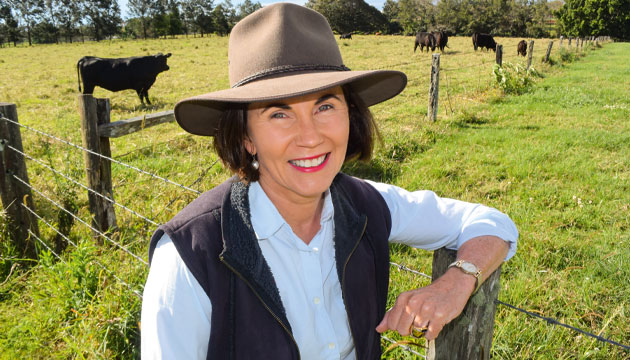New models for farming cooperatively are delivering fresh benefits.
Story Amanda Burdon Photo Jamie Brown
There’s a quiet revolution going on around Australia. Farmers across a range of industries are joining forces. They’re pooling resources, expertise and energy to improve production, capitalise on new market and supply-chain opportunities, and, best of all, boost both their environmental performance and returns.
Dairy farmers disenchanted with the big milk processors are promoting their own brands, Indigenous people are developing traditional medicine agribusinesses, fishers are selling their catch straight to customers via online auctions, and alpaca-fibre growers are negotiating direct contracts with China. Primary producers once in competition with one another are finding strength – and security – in numbers.
One of the major catalysts for the explosion in cooperatives and collaborative ventures has been the highly successful Farming Together (FT) program, managed by Southern Cross University, Lismore, and administered by the Department of Agriculture and Water Resources. During its two-year pilot, FT delivered customised support to 28,500 primary producers in 730 groups, funding 51 collaborative projects to the tune of $5.5 million. It represents the biggest annual growth in agricultural cooperatives in Australian farming history.
FT’s program director and dynamic driving force, Lorraine Gordon, says it supported the establishment of 57 new cooperatives. Many more are likely to evolve from the farmer education and training delivered. “Farmers spend a lot of time thinking about ways to solve problems and we were inundated with incredibly clever ideas waiting to bloom,” says Lorraine, who herself helped establish the Ebor Beef Cooperative 30 years ago. “Many farmers recognised that if they were going to have a voice and be able to compete with superannuation funds, supermarkets and foreign investors, then they had to work together.
This story excerpt is from Issue #124
Outback Magazine: April/May 2019









